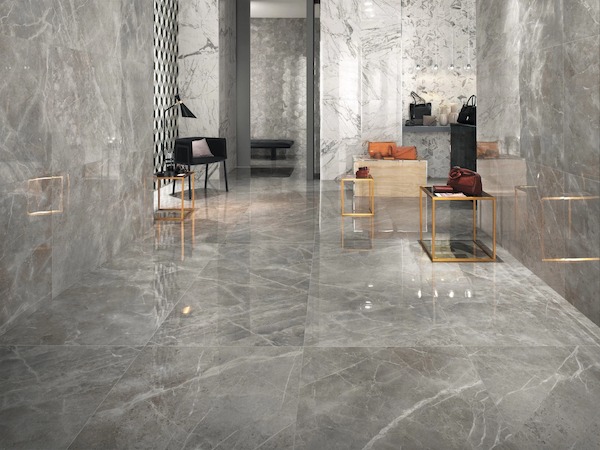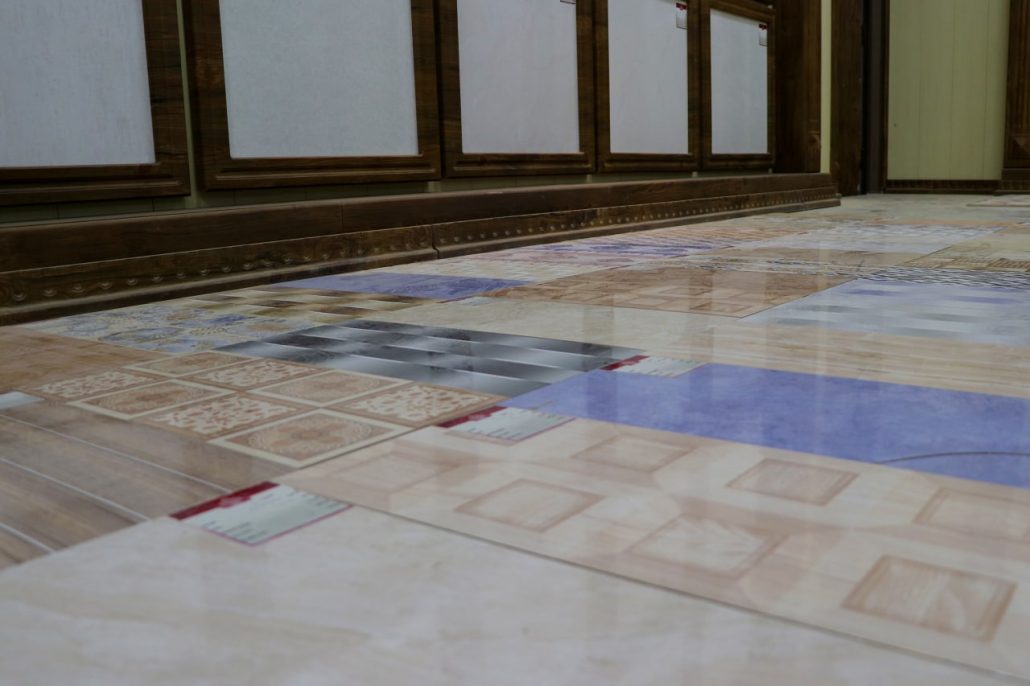Different types of tiles have their own quality and porcelains themselves have unique aspects.
Various factors affect this quality be resistance to weather, pressure, and other situations.
The ingredients that produce tiles vary and how they should be added to the main material depends on the place they want to be installed.

Advantages of Porcelain Tiles
Nowadays, tiles' advantages - especially in porcelain categories - are being recognized more than before.
A lot more people, architects, businessmen, businesswomen, etc. are choosing porcelain for floors and walls in their projects or in their homes.
This is not happening suddenly and without reason.
So, the reasons will appear with a click on the Internet as follows:
- Resistance: Porcelains are a strong type of tile and are usable in industrial places or high traffic surfaces.
- Water resistance: The glazed layer which is added to the surface of the porcelain makes them suitable for not absorbing water.
- Stain resistance: When the porcelain is resistant to water absorption, it naturally will be stain resistant as well because of not entering any substance into it.
- Fire resistance: Similar to the points that have been mentioned in item number three, porcelains are stopping a lot of changes from outside of them as well as fire and the changes it makes.
- Less maintenance: When water, stain, and other changes will not affect the surface of the porcelain it is easier to clean it with just a napkin. So, less maintenance is needed.
- Repairable: Porcelain is strong enough against physical pressure but if it cracks easily can be repaired. We just need the colors and equipment useful in repairing them.
- Durability: Regarding the items written above, porcelains are really strong and rarely need a replacement for decades.
- Design flexibility: Porcelain has different motives from stone patterns to wood patterns and other construction materials without any difference in appearance.

Disadvantages of Porcelain Tiles
Besides the plus points that porcelain tiles have, some items are considered their disadvantages:
- Weight: First of all, different materials that are used in producing porcelains such as clay, feldspar, granite, and silica alongside the way porcelain is made in high pressure and heat create heavy tiles.
- Price: Consequently, by having a great deal of excellence and superiority that porcelains have, compared to the other tiles, the prices are higher.
- ISO and standard tickets: Since there is not a standard that can be presented with the porcelain in a lot of places, recognizing the real porcelain from the normal tile might be a little bit hard. Although retailers and sellers are professional in their careers, sometimes mistakes might happen.
- Installation: The installation process of porcelain tiles is taking more time, and energy, and is hard. Even though we can hire professionals to install them, the prices will increase because of the payment needed to hire such members.
- Keeping the grout OK: We read about the advantages that porcelains have. The hidden part, in this case, might be the parts between the porcelain tiles when we put them together and beside each other. Since those parts are not strong enough, this will be a drawback then.

Porcelain Color and Grades
Grade A of the tiles is usually the best option for exporting.
Although other grades might be interesting for some countries, almost always the first grade is suggested for export trade.
It is good to mention that, based on the budget of people or companies, the grade of the porcelain tiles can be chosen.


0
0